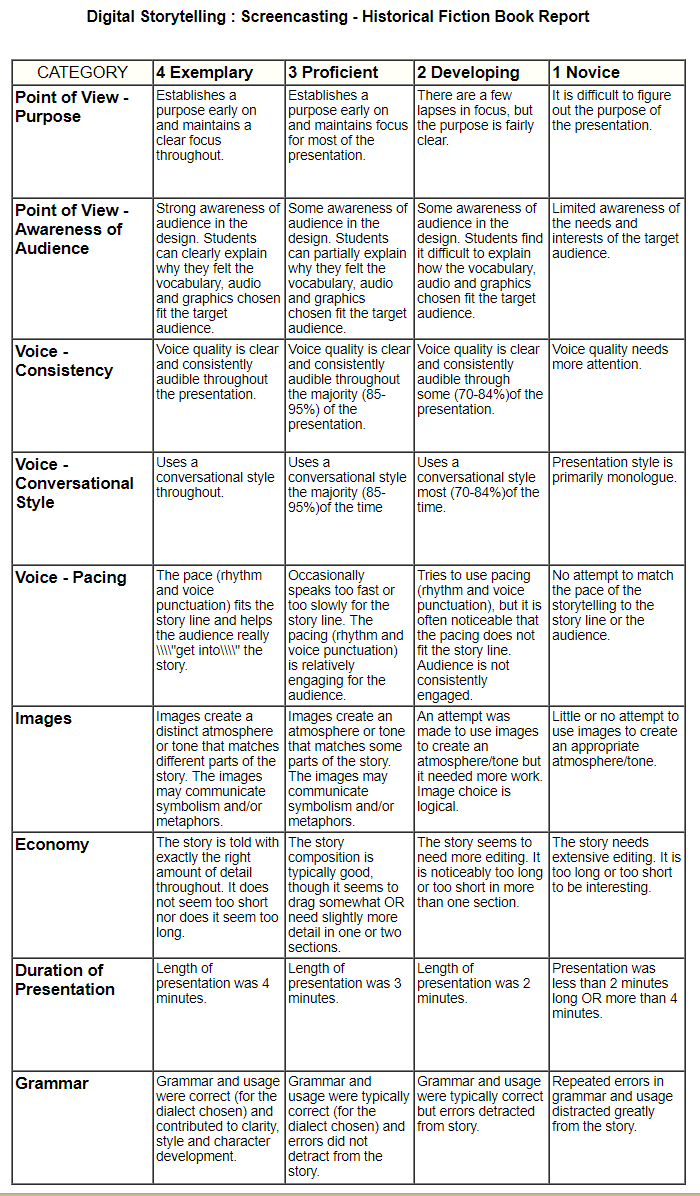Engaging e-Learning Course Reflection
Generally speaking, the Engaging e-Learning Course (Fall 2018) was basically around three major assignments: Genius Hour project, Unit Design assignment and team discussions and reflections. Through these assignments, educators created engaging learning experiences by demonstrating and integrating digital tools to motivate and enhance a student's learning process.
The Genius Hour project consisted of an on-going reflection journal from a skill or project we were interested to learn on our own. This activity encouraged the engagement of e-learning because it embraced the practice of online research, the use of media tools and communication skills by visiting others' genius hour projects.
The Unit Design objective was to demonstrate the engagement of e-learning into different components of an unit design. Throughout the unit, engaging lessons were planned to encourage 21st-century learning features. Some of the planned activities included online research, presentations, multimedia reports, online collaborative tasks and digital assessments. Attached to this, we were asked to provide a review from another classmate unit. The provided feedback not only helped for the creator of the unit, it was also a significant opportunity to reflect on our own practices as 21st-century teachers.
Team discussions and reflections were generated around educational e-learning trends. In the process, we learned from each other and seeing the point of view from other classmates expanded our view and knowledge regarding the integration of digital tools in the instruction today.
To summarize, I would say that the activities for the Engaging e-Learning course increased my knowledge in regard to creating engaging lessons that encourage critical thinking skills and are enhanced through the use of digital learning tools.
The Genius Hour project consisted of an on-going reflection journal from a skill or project we were interested to learn on our own. This activity encouraged the engagement of e-learning because it embraced the practice of online research, the use of media tools and communication skills by visiting others' genius hour projects.
The Unit Design objective was to demonstrate the engagement of e-learning into different components of an unit design. Throughout the unit, engaging lessons were planned to encourage 21st-century learning features. Some of the planned activities included online research, presentations, multimedia reports, online collaborative tasks and digital assessments. Attached to this, we were asked to provide a review from another classmate unit. The provided feedback not only helped for the creator of the unit, it was also a significant opportunity to reflect on our own practices as 21st-century teachers.
Team discussions and reflections were generated around educational e-learning trends. In the process, we learned from each other and seeing the point of view from other classmates expanded our view and knowledge regarding the integration of digital tools in the instruction today.
To summarize, I would say that the activities for the Engaging e-Learning course increased my knowledge in regard to creating engaging lessons that encourage critical thinking skills and are enhanced through the use of digital learning tools.

Comments
Post a Comment